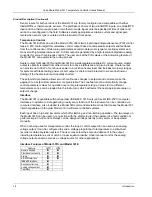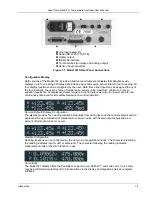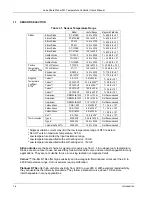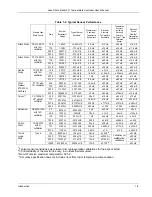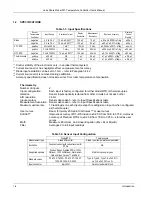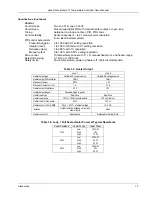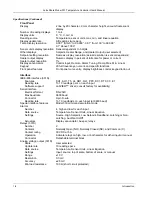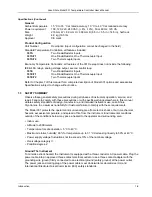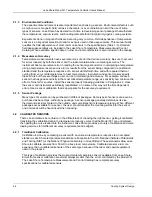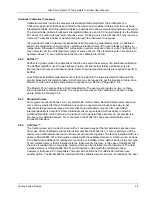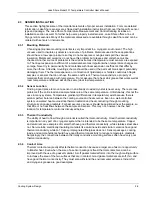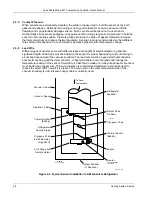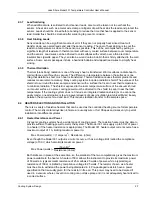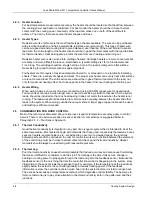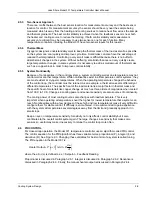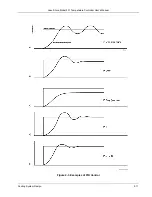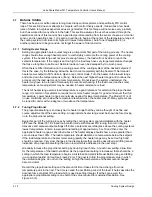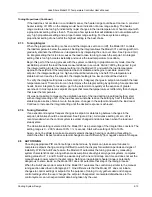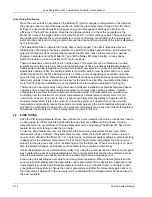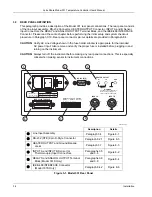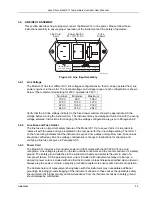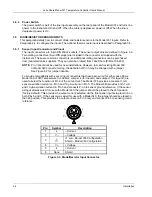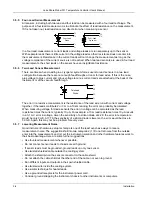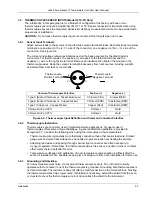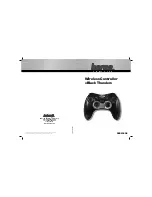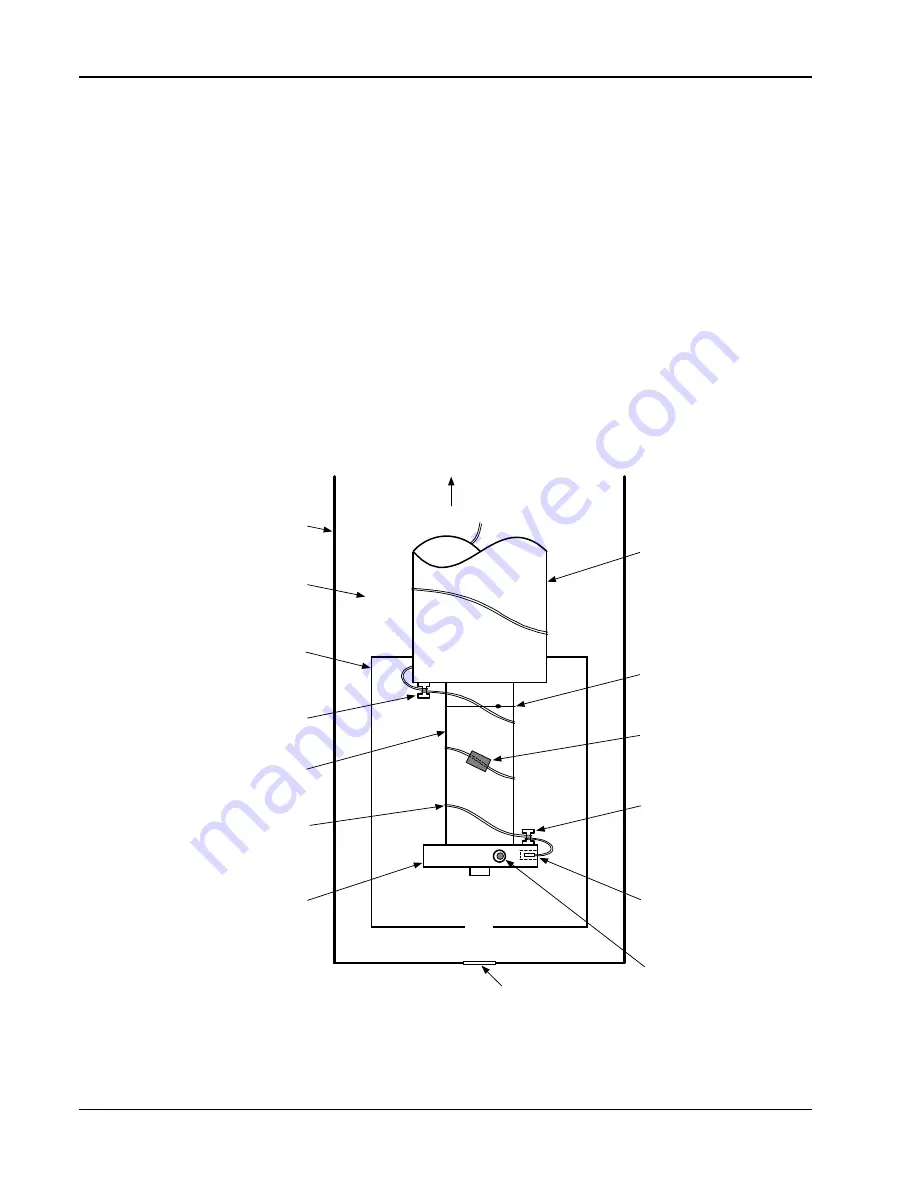
Lake Shore Model 331 Temperature Controller User’s Manual
2.3.5 Contact
Pressure
When sensors are permanently mounted, the solder or epoxy used to hold the sensor act as both
gasket and adhesive. Permanent mounting is not a good solution for everyone because it limits
flexibility and can potentially damage sensors. Much care should be taken not to over heat or
mechanically stress sensor packages. Less permanent mountings require some pressure to hold the
sensor to its mounting surface. Pressure greatly improves the action of gasket material to increase
thermal conductivity and reduce thermal gradients. A spring clamp is recommended so that different
rates of thermal expansion do not increase or decrease pressure with temperature change.
2.3.6 Lead
Wire
Different types of sensors come with different types and lengths of electrical leads. In general a
significant length of lead wire must be added to the sensor for proper heat sinking and connecting to
a bulk head connector at the vacuum boundary. The lead wire must be a good electrical conductor,
but should not be a good
thermal
conductor, or heat will transfer down the leads and change the
temperature reading of the sensor. Small 30 to 40 AWG wire made of an alloy like phosphor bronze is
much better than copper wire. Thin wire insulation is preferred and twisted wire should be used to
reduce the effect of RF noise if it is present. The wire used on the room temperature side of the
vacuum boundary is not critical so copper cable is normally used.
Drawing
Not To Scale
To Room
Temperature
Refrigerator
Expander
Refrigerator
Second
Stage
Dental
Floss
Tie-Down
Thermal
Anchor
(Bobbin)
Thermal
Anchor
(Bobbin)
Radiation Shield
Sensor
Cold Stage and
Sample Holder
Optical Window
(If Required)
Cryogenic Tape
Cryogenic Wire
(small
diameter,
large AWG)
-or-
Vacuum Shroud
Vacuum Space
Heater
(wiring not shown
for clarity)
P-331-2-2.bmp
Figure 2-2. Typical Sensor Installation In A Mechanical Refrigerator
2-6
Cooling System Design

